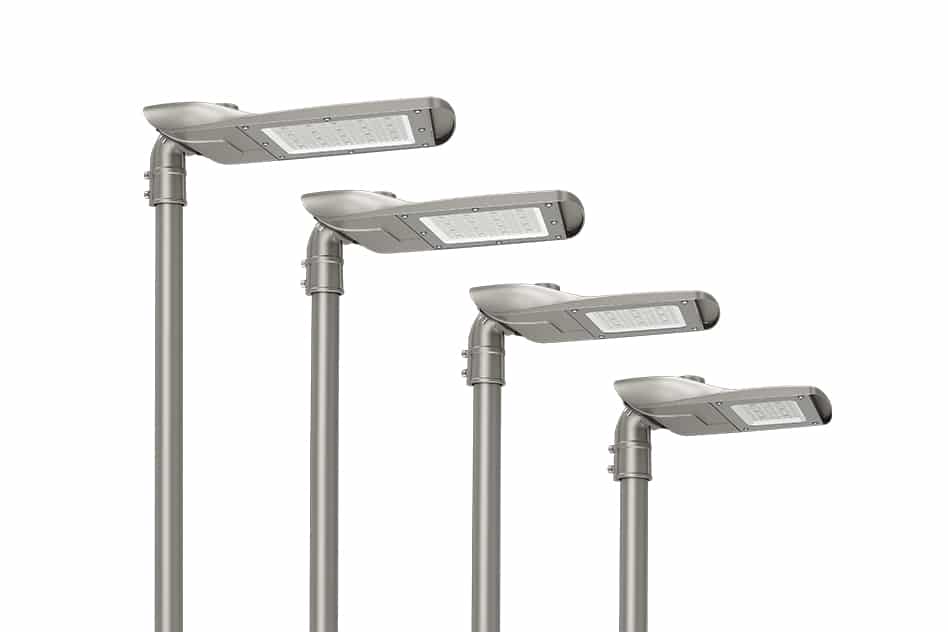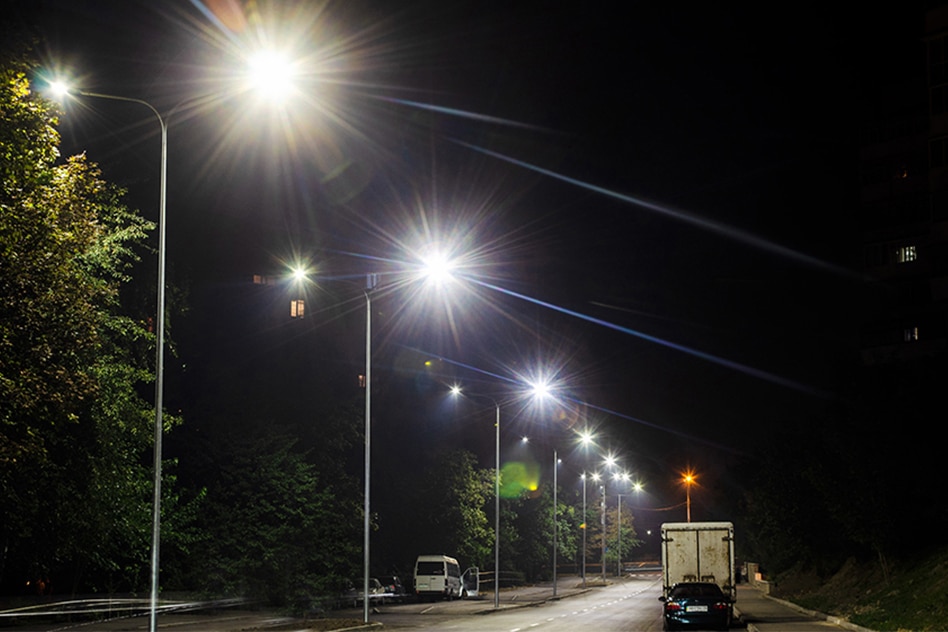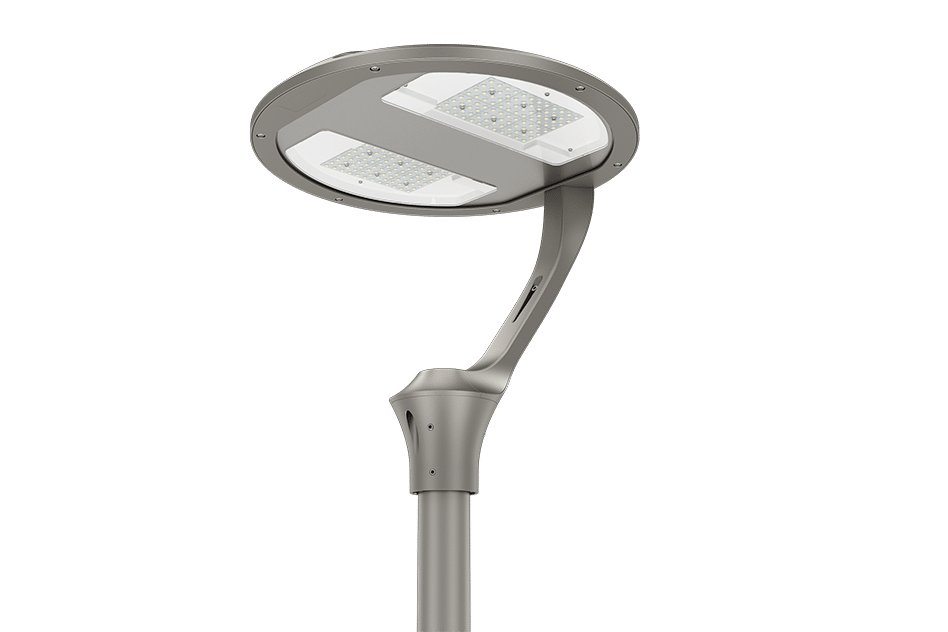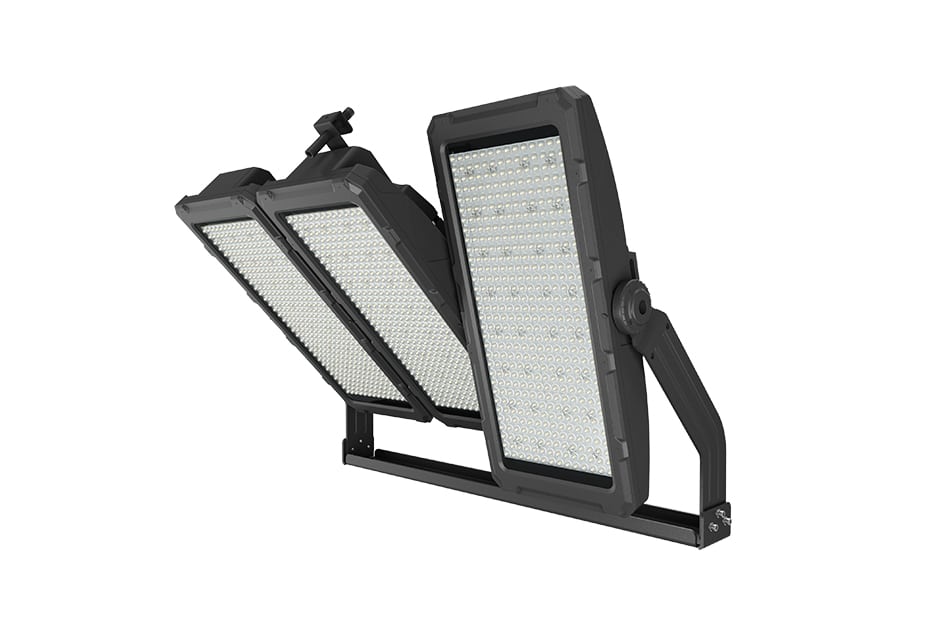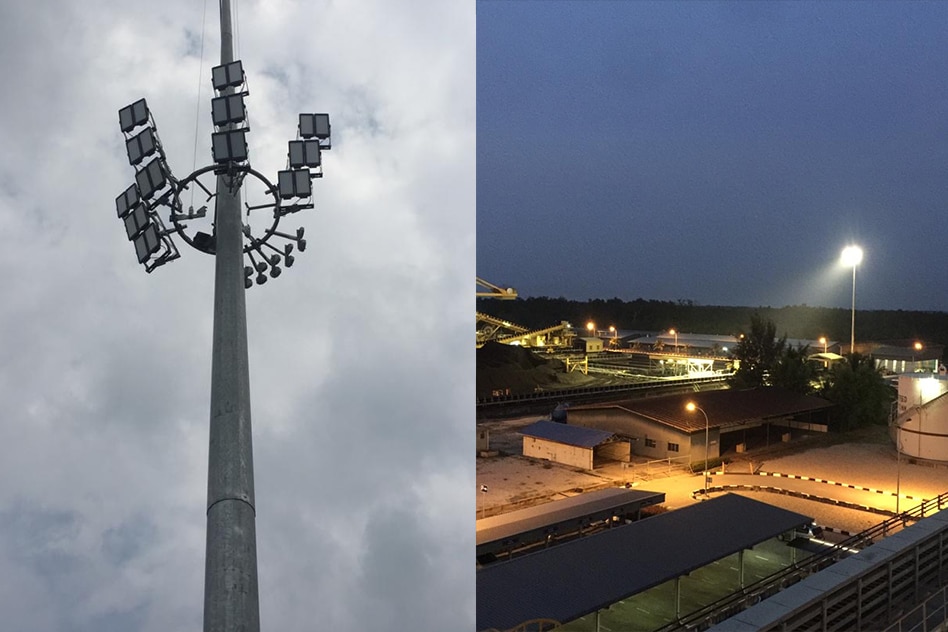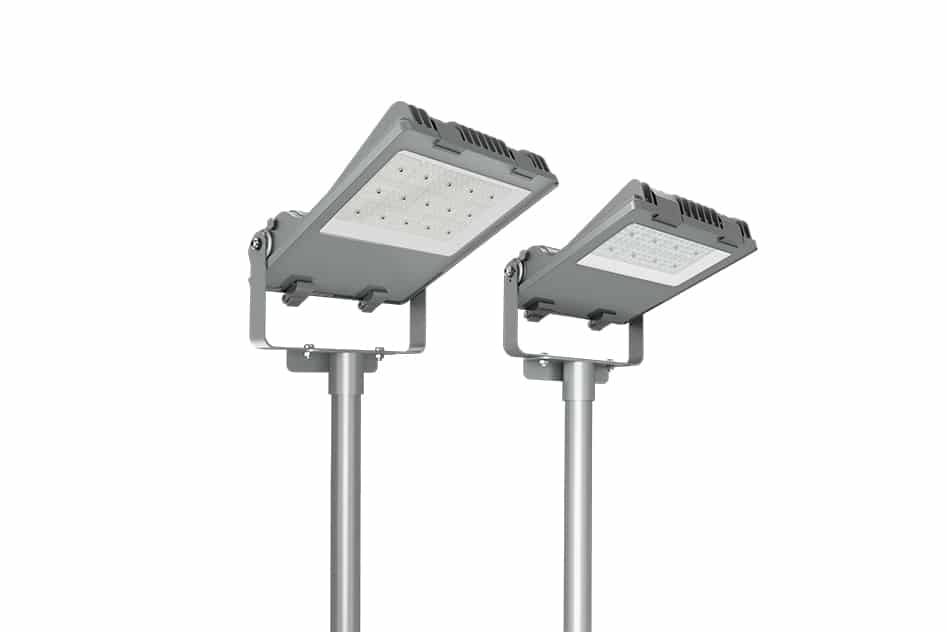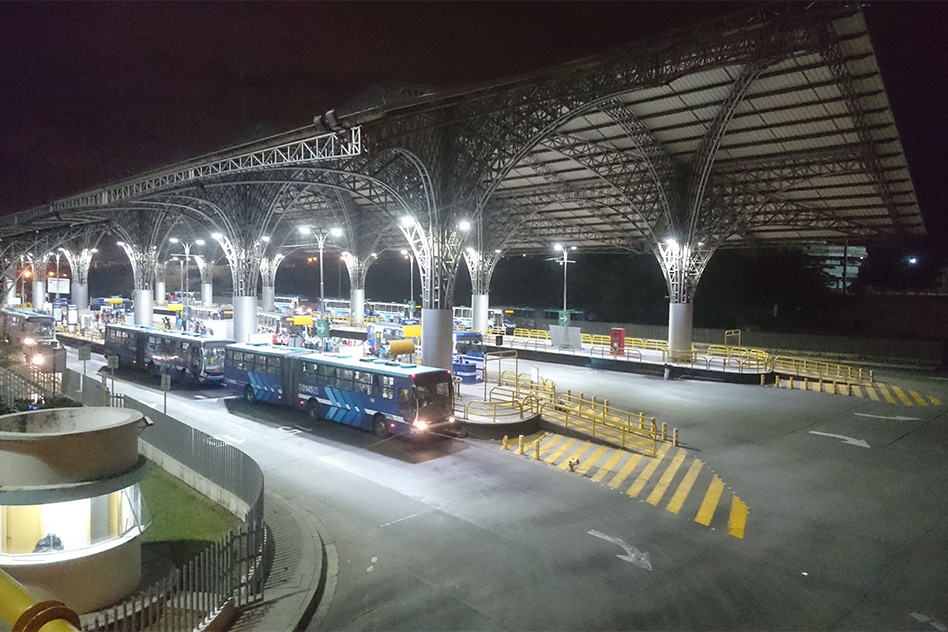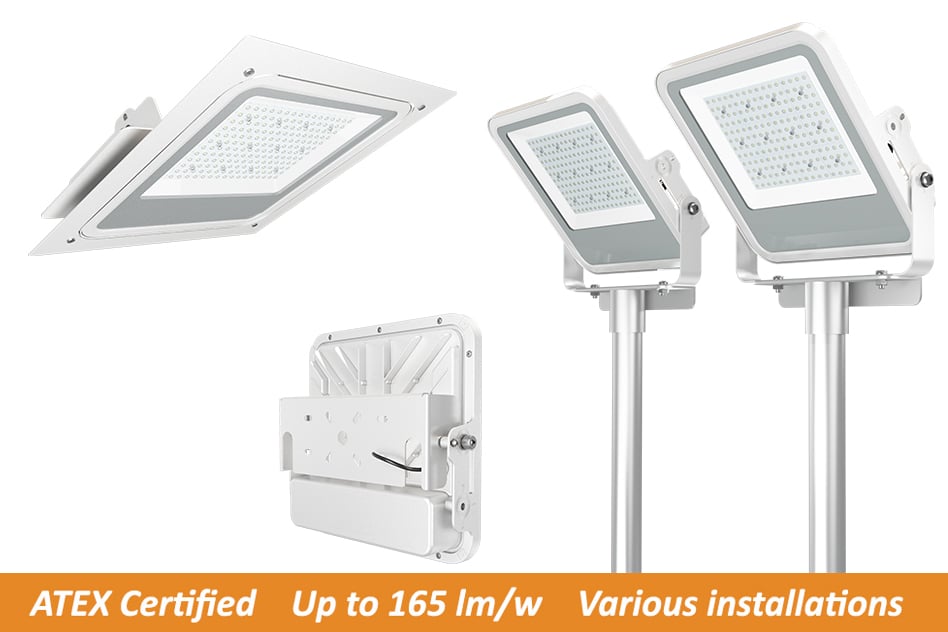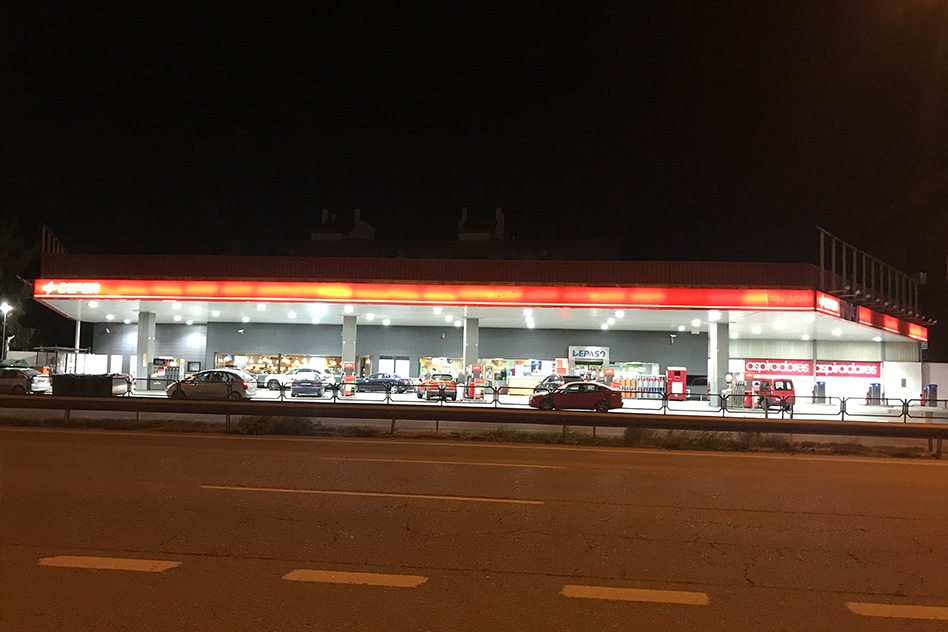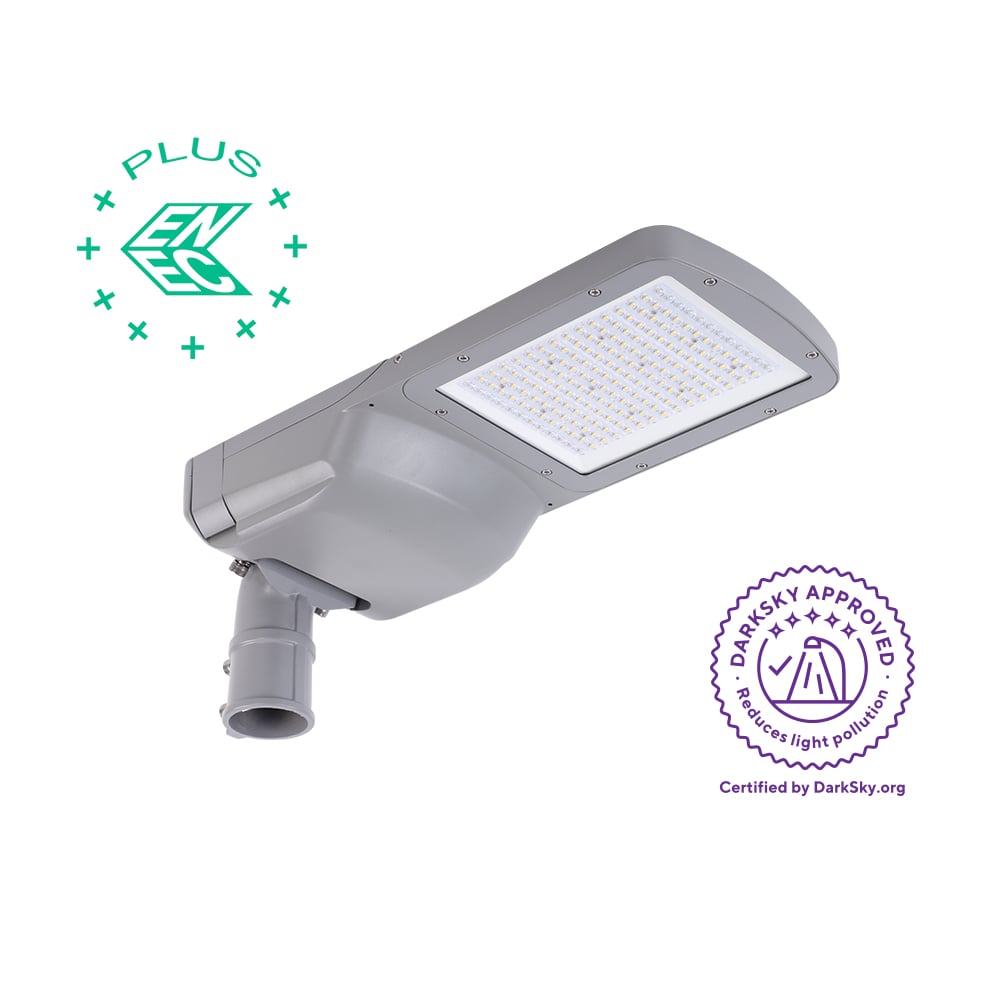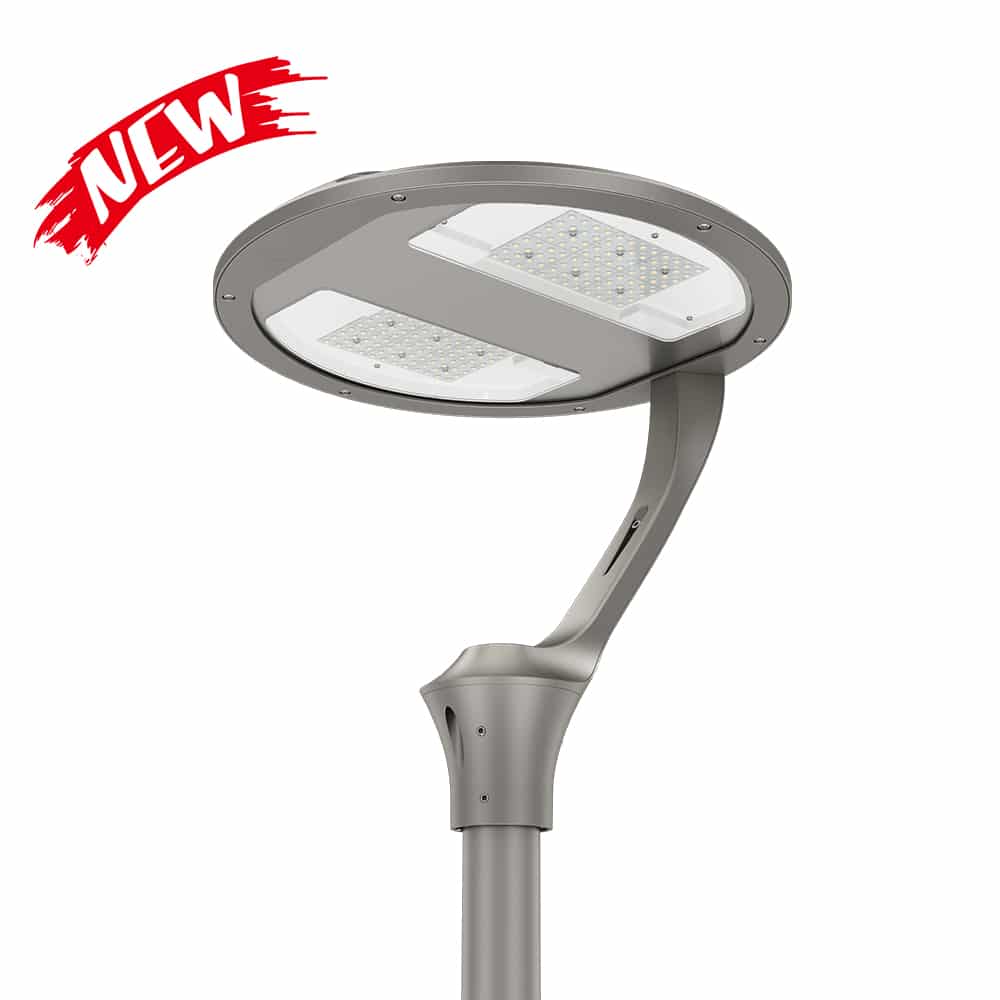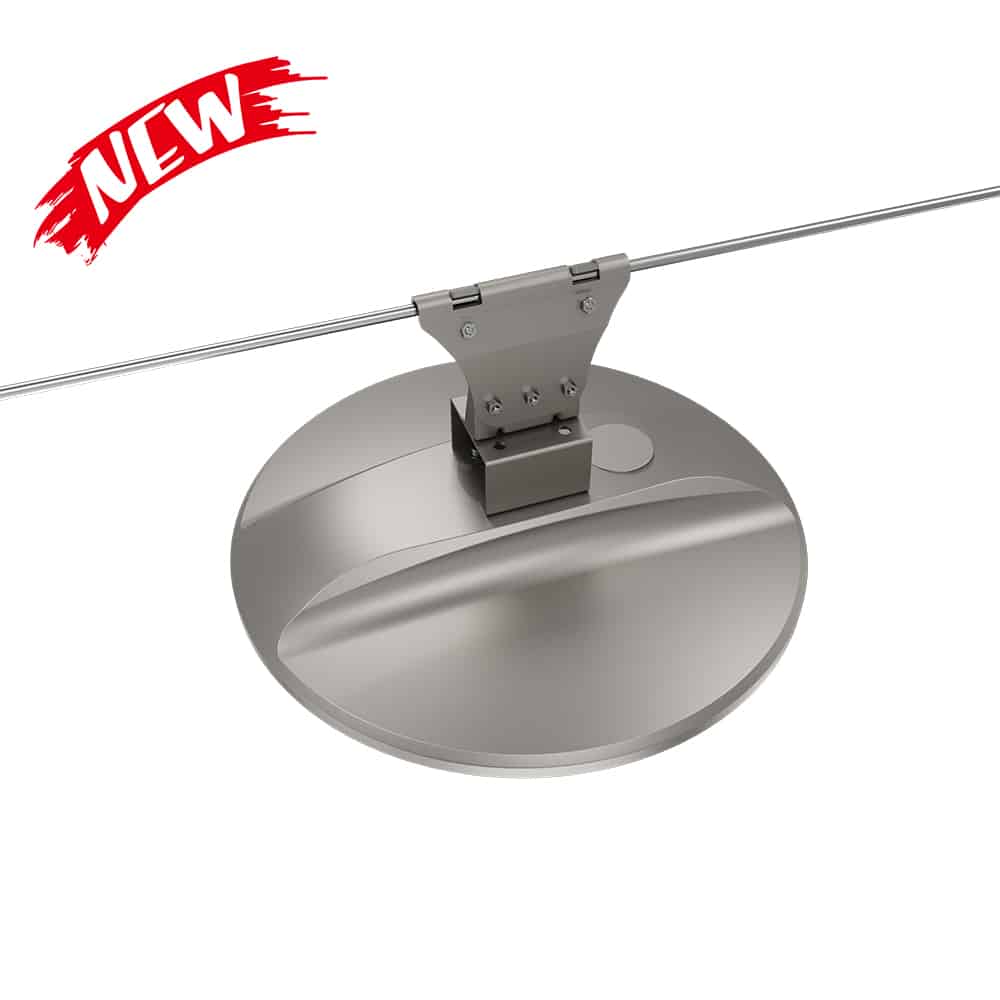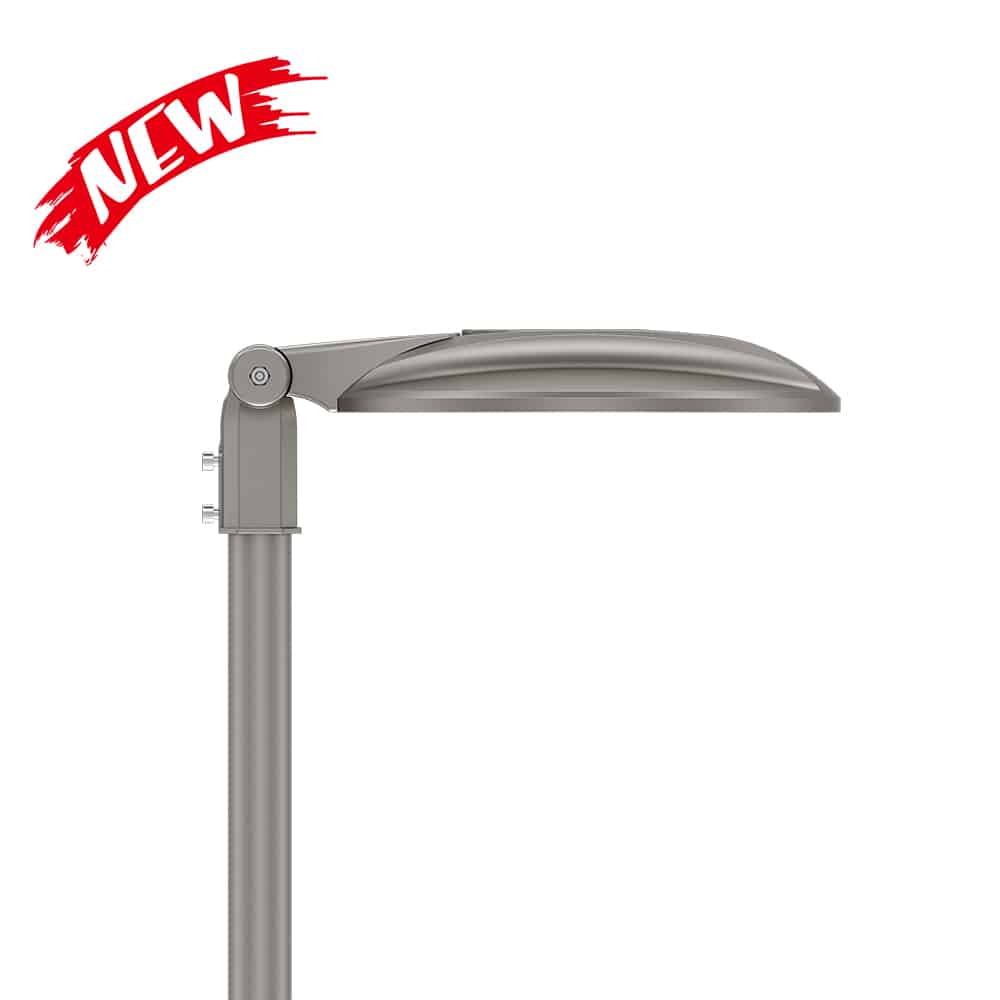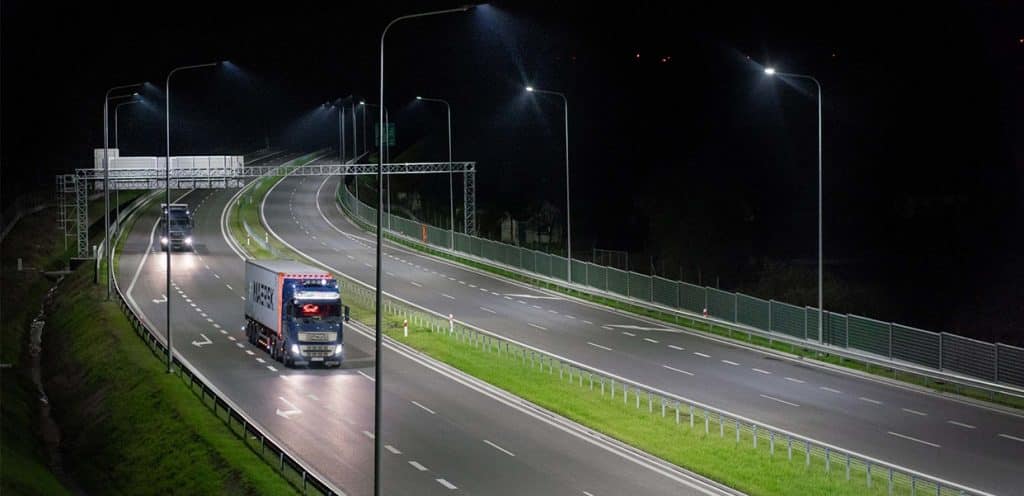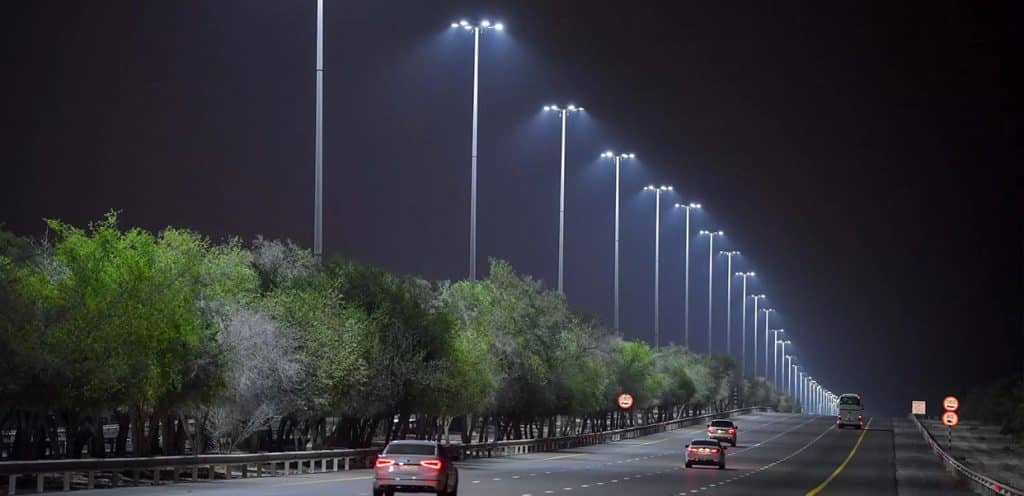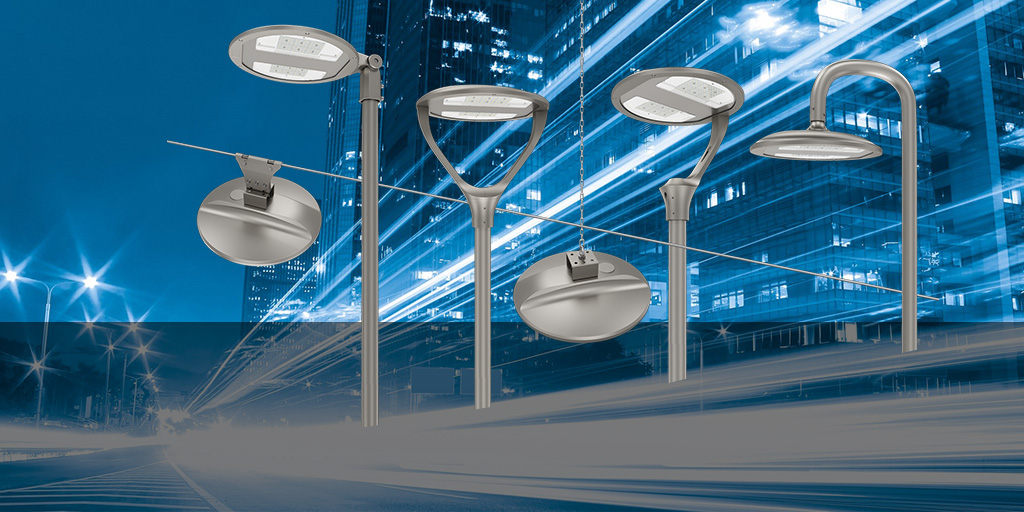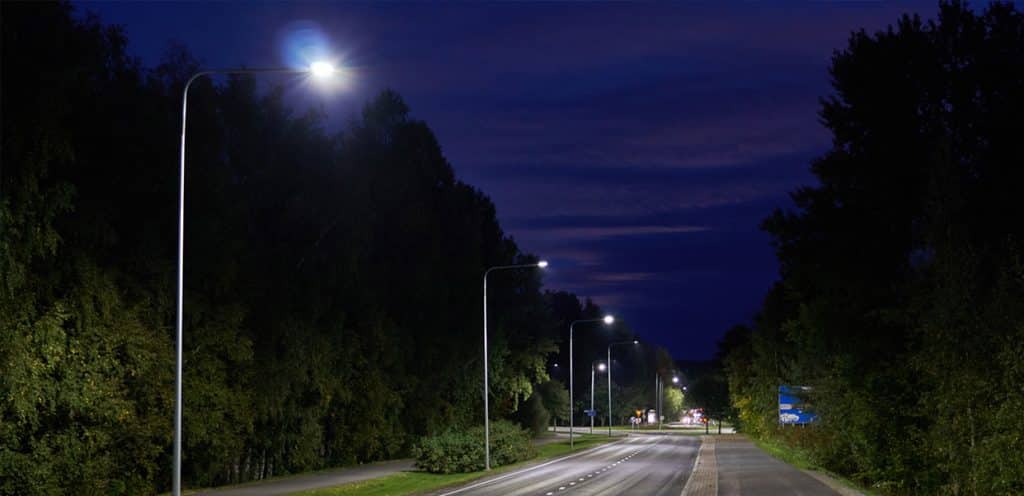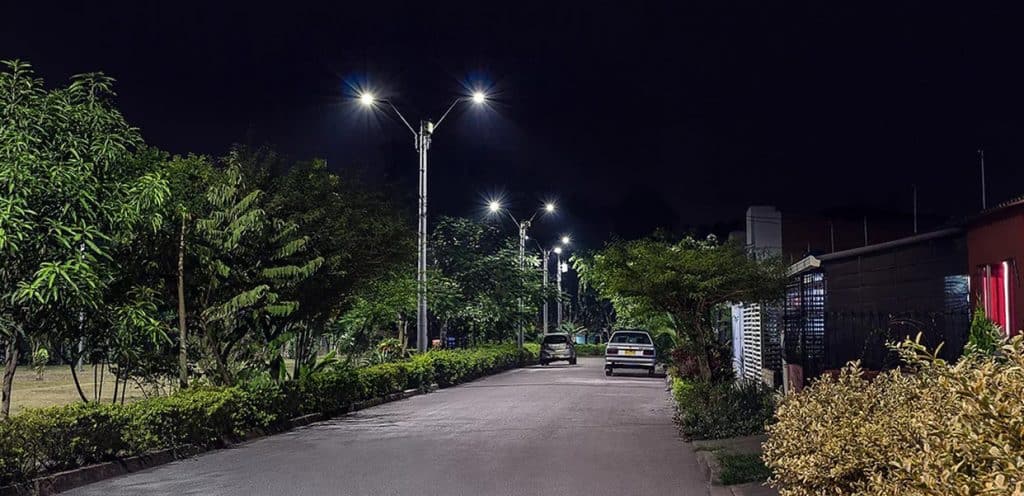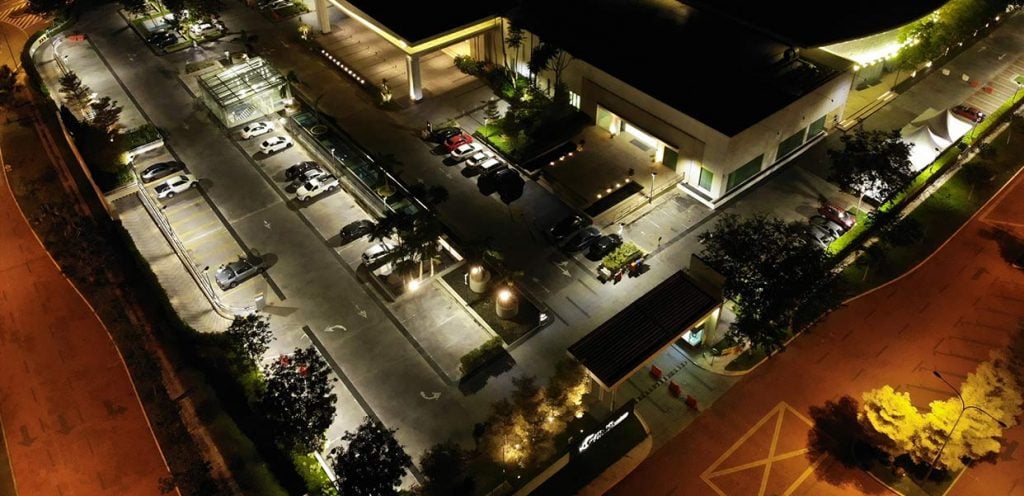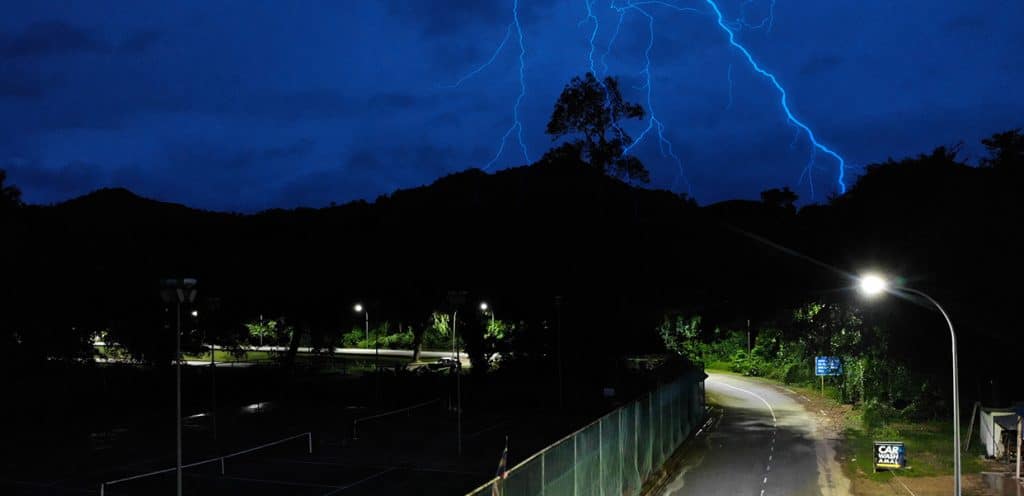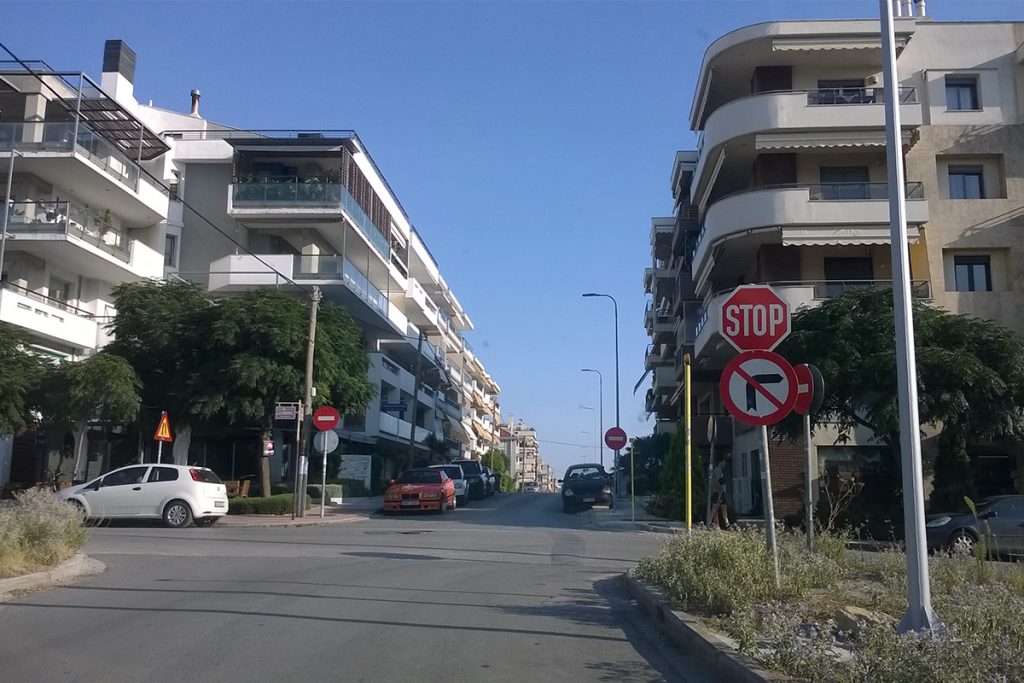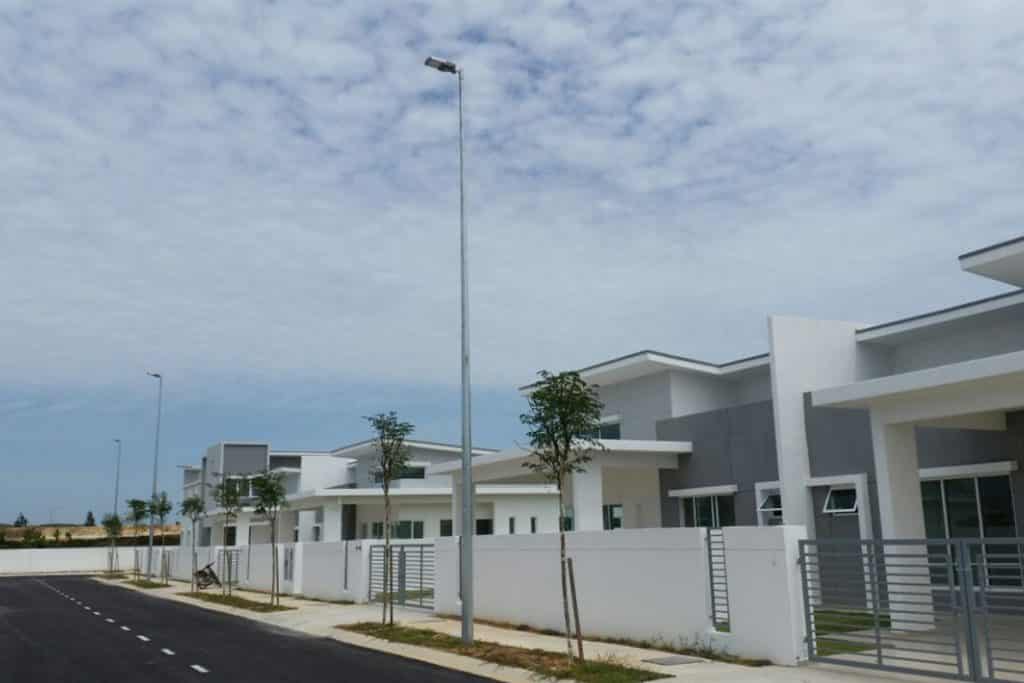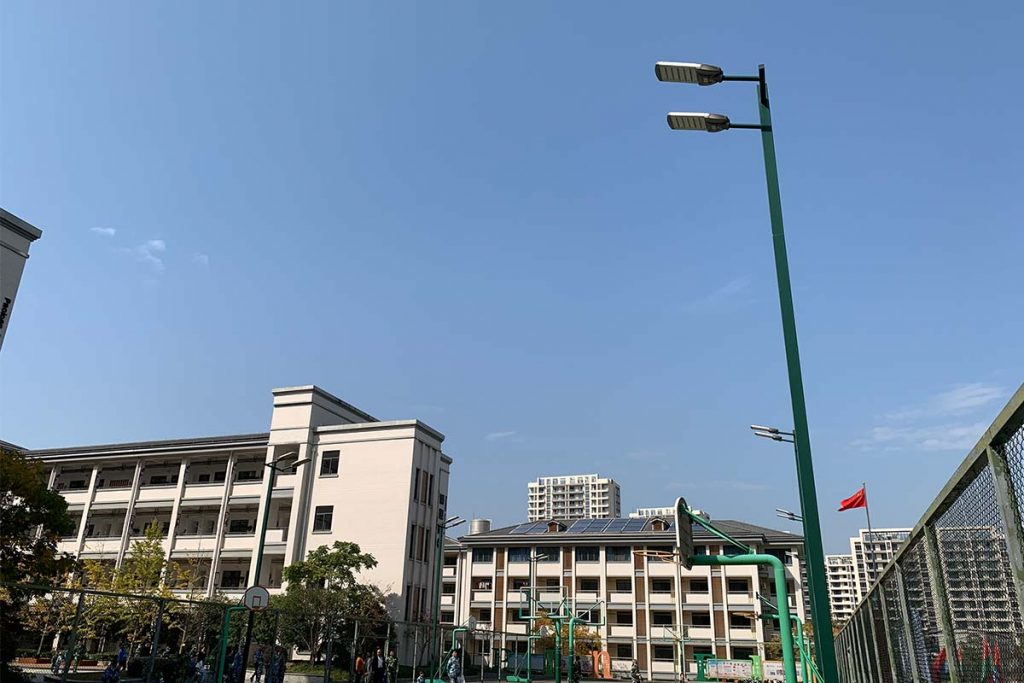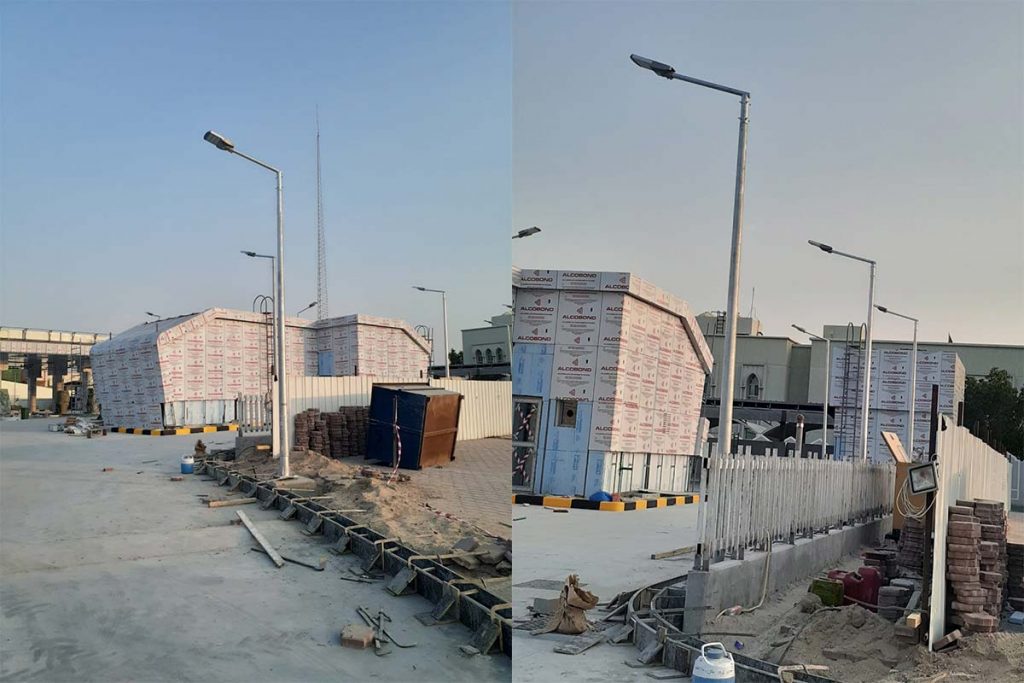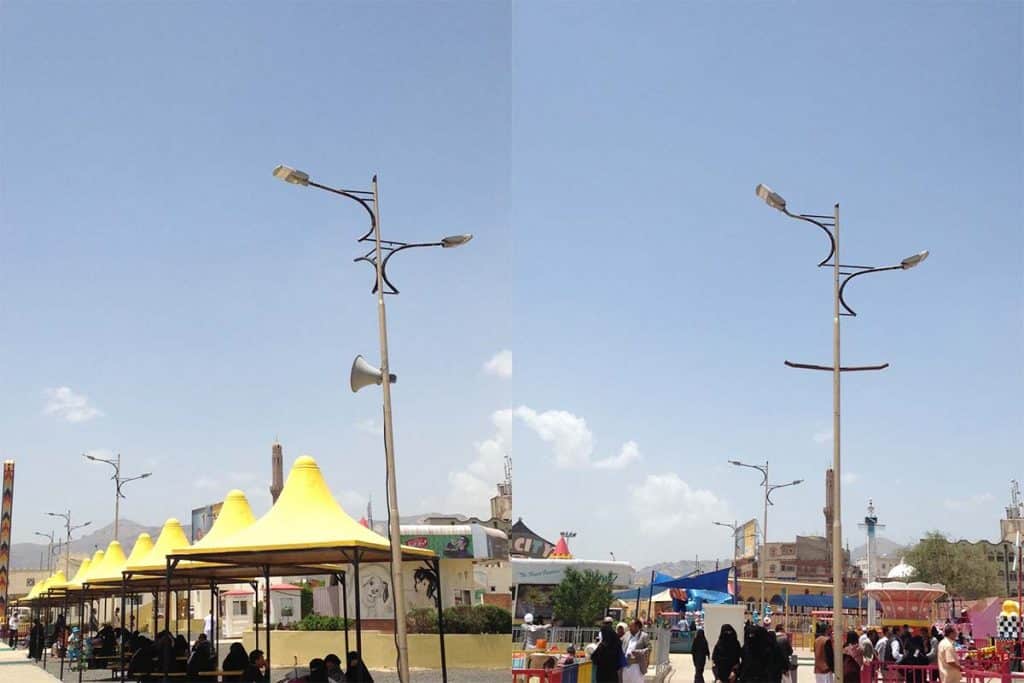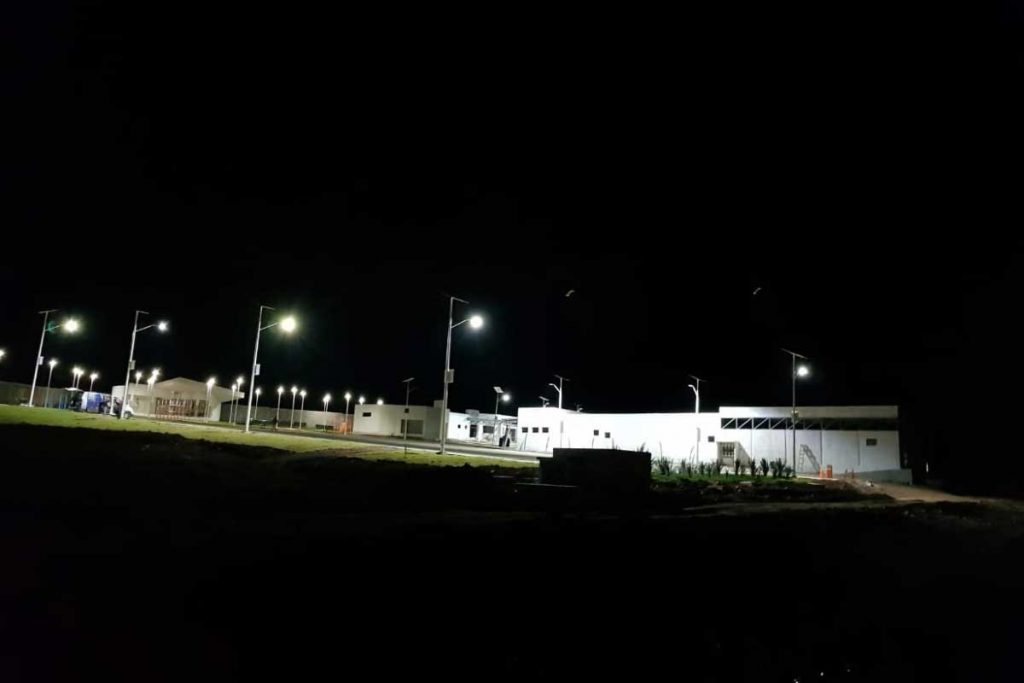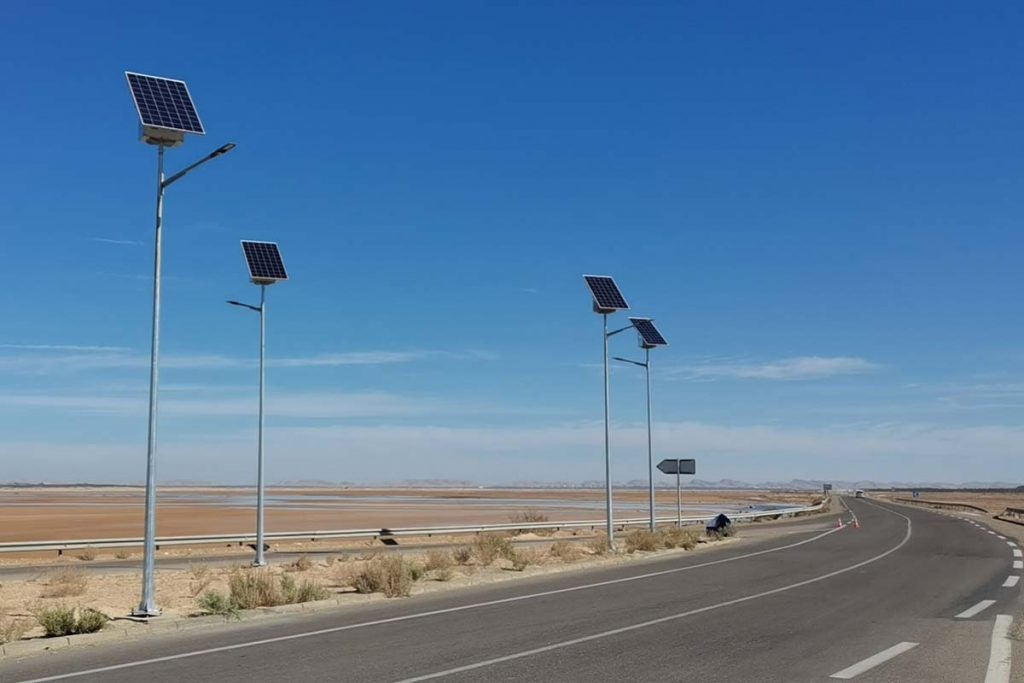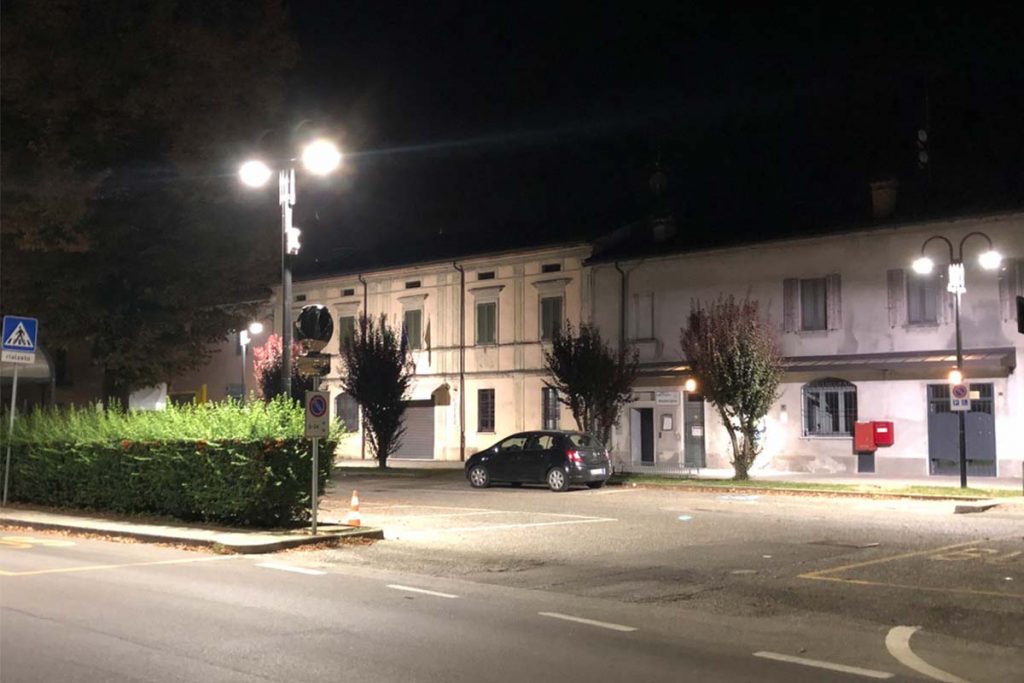Photometric testing – symmetric or asymmetric lighting distribution
Photometric testing – symmetric or asymmetric lighting distribution
Introduction
With the further rapid and in-depth development of semiconductor lighting, LEDs have been more and more widely used in road lighting, indoor lighting, stadium lighting, commercial lighting and other fields. Unlike traditional luminaires, LED lighting has the advantage of being truly directional, while the lighting distribution of the luminaire can be better planned with the help of lenses and reflectors.
Lighting distribution simply refers to how light is dispersed from a luminaire. It is the amount of light that the luminaire projects into each solid angle of the space. Light distribution of lamps can be got by photometric testing. For unique lighting applications, different light distribution patterns need to be considered. Each lighting distribution provides a unique lighting footprint or pattern to meet the needs of your lighting application.

What’s symmetric and asymmetric lighting distribution
With the development of technology, the industry has much higher requirements for the secondary optical design of LED lamps and the use of spatial photometric data of LED lamps for lighting design. As far as a single packaged LED is concerned, LED light emission has strong directionality, and the brightness in the direction of the optical axis is relatively high. LED lamps are usually composed of multiple LEDs. In order to achieve the expected luminous flux and light distribution, strict secondary optical design must be carried out according to the light distribution of each LED. LED lamps generally have complex geometric shapes and light-emitting surfaces, and there will be obvious differences in light distribution at a distance from the lamp and near the lamp. All of these require us to invest more in the optical design of the lamp to obtain a suitable light distribution. After the design is completed, we can use the light distribution of the luminaire to know where the light of the light source or luminaire comes from, which direction it shoots to, the flux of each light, the illuminance distribution in any section at any distance in space. And we can observe the brightness distribution of light sources or lamps from different directions. After understanding these, we can reasonably apply these light distributions (IES) to your project.
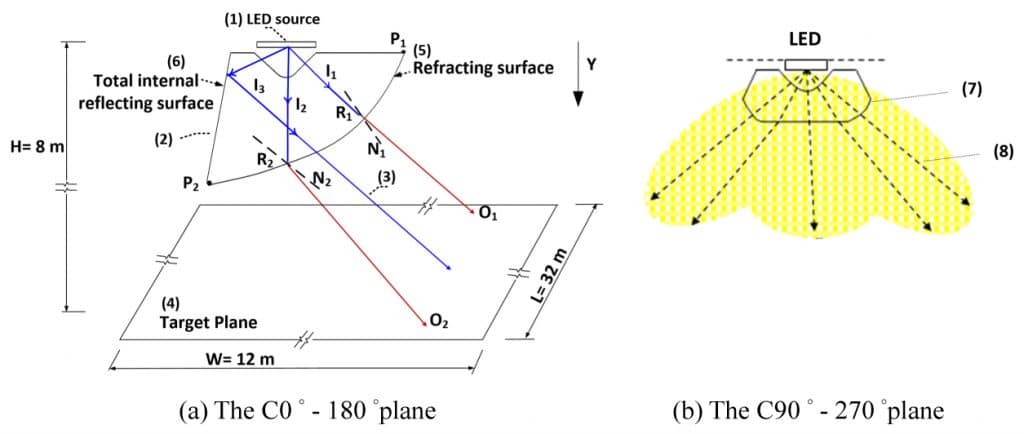
After design, if the light distribution generated by the lamp is uniformly distributed throughout the area, the light distribution is symmetrical; if the light generated by the lamp is unevenly distributed throughout the area, the light distribution is asymmetrical. That is, a symmetrical lighting distribution involves using a fixture to spread light in a uniform or symmetrical (centered on an axis, with the same light intensity in all directions) pattern, while an asymmetrical lighting distribution involves using a fixture in an uneven or asymmetrical pattern to spread light. These are mainly achieved through the secondary optical design of the lamps. The following is the Intensity distribution diagram of the asymmetric and symmetric light distribution of street lamps. We can see that the asymmetric light distribution is asymmetric except for the light intensity distribution on the C0/180 plane, and the rest of the planes are asymmetric. In practical application, we can install the street light on one side of the road to evenly illuminate the entire road surface.
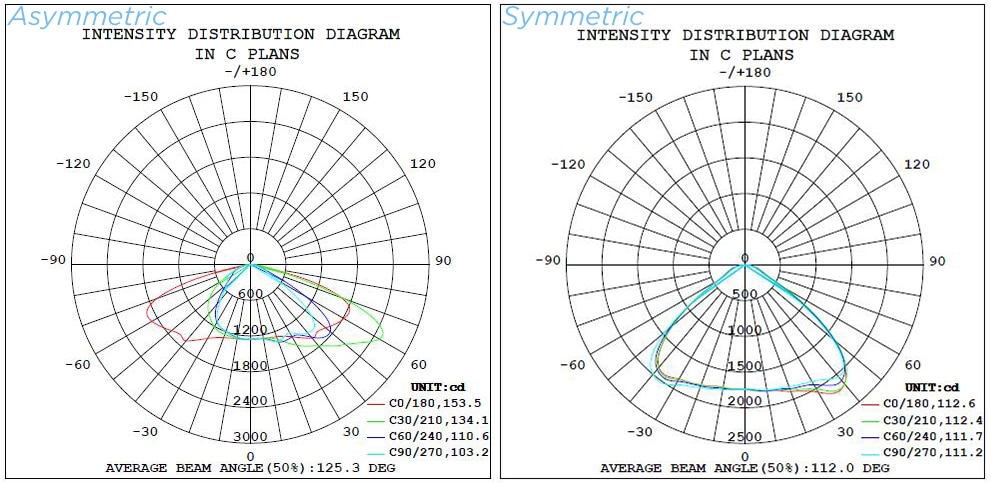
How to check whether the lighting distribution is asymmetric or symmetric
How to check that lamps have asymmetrical and symmetrical lighting distributions? You can get the intensity distribution of luminaires at various angles through photometric testing and compare them with each other. If the light intensity of each solid angle is equal under the same horizontal plane, the light distribution is symmetrical. If the light intensity for each solid angle is not equal, the light distribution is asymmetric. In order to measure the symmetry or asymmetry of the photometric distribution of light, a goniophotometer is generally recommended. A goniophotometer is used to carry out the photometric testing by measuring the intensity of a light source at different angles and compare the intensity at each angle to the ratio of the intensity at other angles. If the ratio of the light intensity at each angle is the same or nearly the same, then the light distribution is symmetrical. If the ratio of light intensity at each angle is significantly different, then the light distribution is asymmetric. By using a goniophotometer, it is possible to accurately measure the photometric distribution of light and evaluate whether it is symmetrical or asymmetrical.
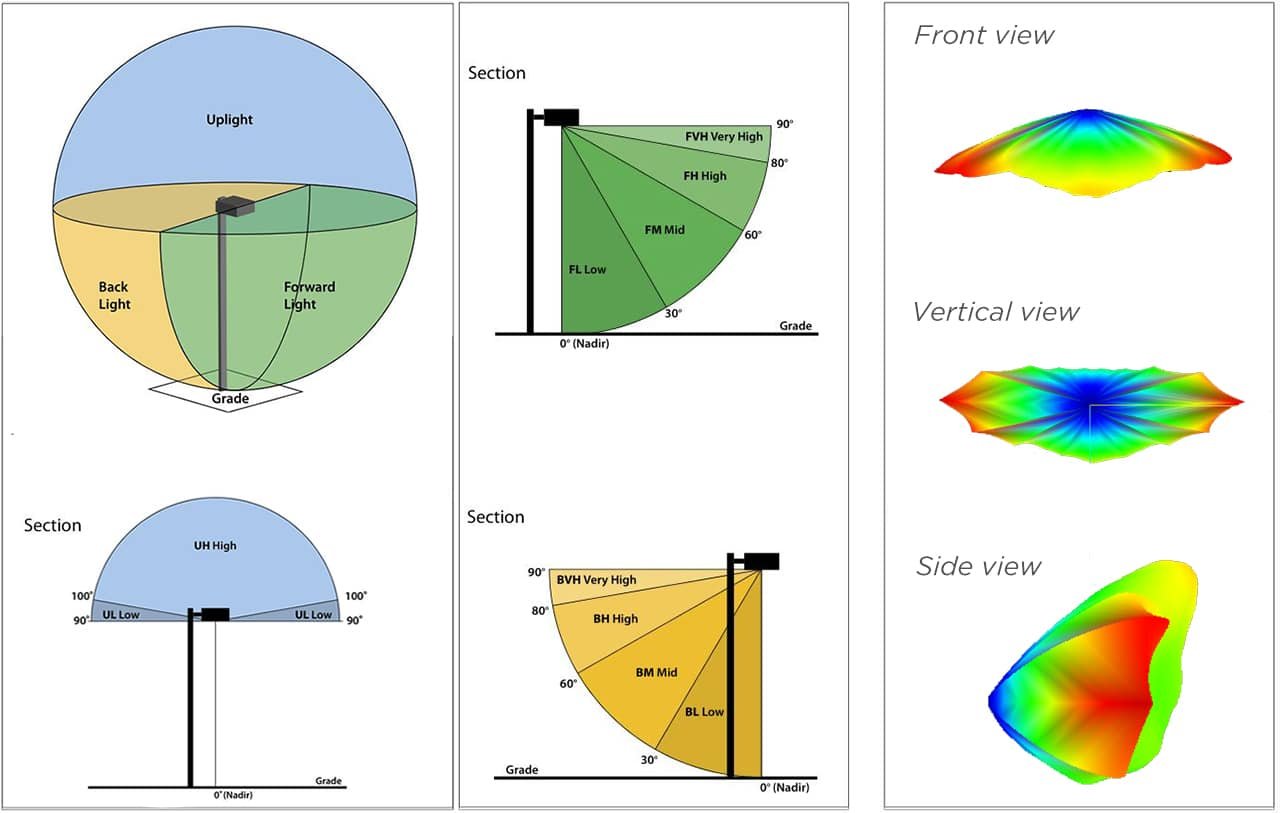
So how is it measured? In the measurement process, we assume that the center of the lamp is suspended in the standard room, and measuring the luminous flux radiated of the lamp in all directions needs the help of a Goniophotometer. The luminous intensity of the luminaire is measured by a Goniophotometer in the darkroom. The profile of the luminous intensity distribution curve from the center of the luminaire gives information about the luminous intensity in the respective direction. This 3D silhouette is cut into a simple 2D representation in two perpendicular planes. The solid line is the light intensity distribution curve in the transverse direction of the lamp, and the dotted line is the light intensity distribution curve in the longitudinal direction of the lamp. The transverse cutting plane is indicated by (C0-C180), and the longitudinal cutting plane is indicated by (C90-C270). The number after the “C” indicates the angle the plane is at when the light distribution curve is viewed from above. In theory, there are many such planes, but in order to save time, we generally only measure typical planes, such as C10-C190, C20-C200, C30-C210, and so on. The Γ angle is 0, 5, 10, and up to 180° (above 180° is the light emitted upwards). Below we give videos explaining the measurement method of GO-2000 GONIOPHOTOMETER by ZGSM, the basic principle is that the probe remains stationary during the test, and the luminaire rotates around the vertical and horizontal axes to obtain the light intensity distribution of the entire space.
Advantages and disadvantages of symmetrical lighting distribution
Symmetrical LED light distributes light evenly in all directions. This type of light distribution is recommended for indoor lighting, general lighting of large spaces and landscape lighting etc. For large-scale lighting of these areas, often a symmetrical light distribution is the appropriate choice. For example, in our bedroom, a canopy light with symmetrical light distribution is often enough. Or the floodlights at the intersection, due to the large illuminated area and the high installation height of the lamps, the symmetrical light distribution is more suitable for illuminating the entire intersection to ensure the safety of pedestrians and drivers.
Advantages of symmetrical light distribution
Large space lighting – The lighting with symmetrical light distribution is more suitable for large space lighting. Unlike asymmetric lighting, symmetrical lighting doesn’t focus light on specific areas. Instead, it spreads the beam evenly in all directions to ensure that every corner of a large space is illuminated.
Easy to install – Since the lighting with symmetrical light distribution will not focus the light beam on a specific area, we don’t have to pay too much attention to the installation angle of the luminaire. Generally, when you need to light that area, you just point the light emitting surface of the light fixture in that direction.
Disadvantages of symmetrical light distribution
Symmetrical light distribution tends to illuminate areas where it is not needed, thus causing light pollution
Luminaires with symmetrical light distribution are not energy efficient compared to asymmetrical light distribution
Symmetrical lighting can cause both intentional and unintentional glare
Advantages and disadvantages of asymmetric lighting
Asymmetrical lighting is your best choice when you want to brighten a specific space. You had better to choose asymmetrical lighting when you want to accentuate any particular area of your project space. Asymmetric lighting is suitable for many places, such as roads, parking lots, gas stations, professional stadiums, perimeter lighting, etc. The lighting in these areas has a common characteristic that the lighting area is clear. So there will not be too much light irradiated outside the area. For example, road lighting requires that the light be mainly irradiated on the road, but not on the houses and grass. Stadium lighting requires no spillage, and too much light will affect the daily life of people in residential areas near the stadium.
Advantages of asymmetrical light distribution
Illuminate specific areas – Lighting unnecessary areas is a complete waste. So, asymmetrical lights only illuminate the area that needs to be illuminated. Illumination through asymmetrical light distribution produces little or no light pollution
Limited light source – Asymmetrical lighting creates narrow beams of light to illuminate intended areas. It uses the least amount of energy to illuminate the target area, so it is more energy efficient than symmetrical light distribution solutions.
Cost-effective – Asymmetric lighting directs all light as evenly as possible onto the target area. Therefore, in addition to saving electric energy, asymmetric lighting can also achieve the most ideal lighting effect (illuminance and uniformity), which can be said to achieve the best lighting effect at the lowest cost.
Disadvantages of asymmetrical lighting
Asymmetric lighting is not suitable for general lighting, such as your bedroom lighting, office lighting and some other indoor lighting. Instead, it is more suitable for accomplishing specific lighting tasks.
Asymmetrical light distribution places higher demands on lighting users. Generally, users are required to have a certain understanding of the light distribution, and can reasonably use lighting simulation software to select the light distribution to find a suitable installation plan, including installation height, layout of poles(street and flood lighting), and installation angle.
Asymmetric lighting distribution applied in street lighting
Compared with these traditional light sources, LED street lights have the advantages of high optical efficiency, low heat radiation, low power consumption, long service life, small luminous angle, and no mercury pollution. However, LEDs by themselves cannot reasonably provide intensity distribution for all applications (roads, parking lots, other outdoors). We need to equip it with a secondary lens to adjust its intensity distribution to achieve a reasonable lighting distribution. This allows street lights to be efficient and low glare, thereby preventing danger to drivers.
Traditional lamps are usually installed at a certain tilt angle, so that as much light as possible can be irradiated on the road. However, this approach will expose the light source to the driver’s field of vision to a certain extent, and eventually the driver will be in danger due to glare. In recent years, several auxiliary lenses have been proposed to obtain LED street lights with reasonable light distribution. The basic method is to install a secondary lens on the LED chips to control the light intensity distribution of the street lamp through the characteristics of light refraction in different medium. The following is a schematic diagram of light refraction and reflection (in a certain proportion) with the secondary lens.
By this, we can ensure that the light-emitting surface of the street lamp is horizontal when it is working, so it is not easy for the driver to directly see the light source of the LED street lamp. While improving the light intensity of the lamp, it can also reduce its glare. As follows, we compare the results of the symmetric lighting distribution and the asymmetric lighting distribution in the Dialux simulation. We can see that the asymmetric lighting distribution has a good performance in the average illuminance, illuminance uniformity and glare (comparing with street lighting with symmetric lighting distribution with tilt angle). In summary, asymmetric lighting distribution is a good option for municipalities and cities that are looking to reduce energy consumption by providing adequate lighting levels. It is also more efficient and economical than traditional lighting designs.

Asymmetric lighting distribution applied in flood lighting
Why are they called floodlights? “They are called floodlights because they flood the area with light. Through this explanation, we can understand that the earlier LED floodlights used a symmetrical lighting distribution to evenly irradiate all directions of the space. But this will inevitably lead to a reduction in the illuminance of the area far away from the lamp (E (illuminance) = L (luminance) / r2 (square of distance). Therefore, in recent years, the generalization of LED floodlights with asymmetric lighting distribution are developing rapidly. Asymmetric floodlights also use secondary lenses to direct light to the direction that requires illuminance, while symmetrical floodlights distribute light evenly in all directions. This is especially important for sports lighting, it can direct the light where the athletes need it, minimizing the light spilling into the night sky which causing glare to the audience. Compared with the symmetrical floodlight, the asymmetrical floodlight directs the beam to the selected area by using lens technology, So we only need to fine-tune the lighting angle (or horizontal installation) to achieve the desired lighting effect, while reducing light spillage to neighboring houses, which makes it very suitable for stadium lighting in towns and cities. As follows we give a comparison of the lighting results of floodlights with symmetrical and asymmetrical lighting distributions in tennis court lighting.

Development tendency for photometric distribution, asymmetric or symmetric
Through this article’s introduction to the symmetric and asymmetric lighting distribution of lamps, their characteristics and practical applications, I believe that everyone has some insights into the future development trend of light distribution. Generally speaking, when it comes to which photometric distribution is more popular in future developments, we think usually an asymmetrical photometric distribution is preferred. This is because the asymmetric light distribution provides more creative possibilities for lighting design, and it can provide better solutions for complex lighting designs. It can not only make the scene more realistic, but also make the user visually attracted. At the same time, it can reduce energy consumption, which is a more future lighting development direction. At the same time, asymmetric light distribution can solve the problem of light pollution to a certain extent, which is also the direction of efforts in the world today.
Of course, this does not mean that there is no need for symmetrical light distribution. Symmetrical spectrum is still useful in indoor lighting, such as home lighting and commercial lighting. Because these places often require brighter and more uniform lighting as a whole, and the contours of these areas are relatively neat, so the symmetrical spectrum can meet the corresponding lighting needs. On the contrary, at this time, when using lamps with asymmetric light distribution, the effect is even worse. At the same time, the versatility of asymmetric light spectrum is relatively low, which will also lead to an increase in development costs and increase the difficulty of operation in practical applications. These will cause ordinary consumers to prefer to choose a symmetrical spectrum to increase the fault tolerance rate to add lighting fixtures to their space.
In short, asymmetric luminosity distribution will be more popular in the future, but ordinary consumers cannot do without luminaires with symmetrical luminosity distribution in a short time.
ZGSM Application
Summary
Through this article, we hope that everyone has a certain understanding of photometric testing and lighting distribution. This article describes how the photometric testing is made with photometer. By understanding of the definition of symmetric and asymmetric lighting distribution, we know how to distinguish between symmetric or asymmetric lighting distribution. At the same time, it focuses on the application of asymmetric photometric distribution in street lighting and flood lighting. Finally, we also talked about the future development trend of light distribution (symmetry or asymmetry). Efficient lighting is not just about choosing the brightest fixtures or ones that fit your budget, but also the right lighting distribution. Accurately assessing the areas of your project that need to be illuminated, and determining where light is needed and where it is not, and then choosing luminaires with the right light distribution, is the most important thing for the project. We think that understanding these basic knowledge will be of great help to your future project implementation. Get in touch with us to get more details.
Rated Products
Related Blogs
Related Cases
People also ask
Author introduction

Hello Customers,
My name is Taylor Gong, I’m the product manager of ZGSM Tech. I have been in the LED lights industry for more than 13 years. Good at lighting design, street light system configuration, and bidding technology support. Feel free to contact us. I’m happy to provide you with the best service and products.
Email: [email protected] | WhatsApp: +8615068758483

